Suppose, I have a long trace (e.g. 30 cm) that is driven from one end and that is carrying a DC or LF voltage (e.g. audio signal or power trace). The other end of the trace is high impedance compared to the trace's characteristic impedance: Either a high impedance device input, or it could be also a high impedance only at high frequency (e.g. series ferrite chip bead).

simulate this circuit – Schematic created using CircuitLab
Such traces can ring at the "open" end when that end receives interference e.g. from switching power supplies. The antenna effect can then cause EMI issues. Sometimes it's possible to relocate things, sometimes not. One remedy I have used is to bond the "open" end to GND using a capacitor of e.g. 100 pF. Or even with multiple caps along the length for long lines to also quench harmonics.
Now I have read somewhere on EESE (can't find the link right now) that this is a bad practice and a series resistor should be used with the capacitor. But doesn't a series resistor with the capacitor actually make the capacitor somewhat useless?
I can't really simulate this well with Spice and I don't have any field solvers, so I hope that people here may have some idea how to quench ringing in such lines properly?


